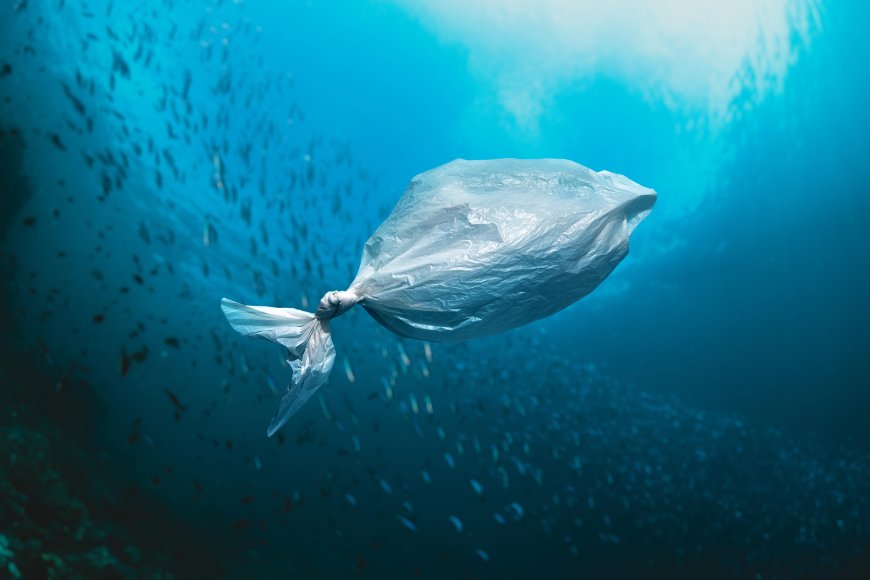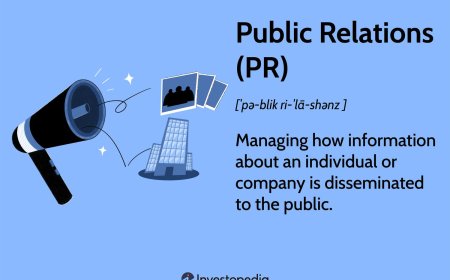What Happens to Biodegradable Bags in the Ocean? Surprising Answers
Biodegradable bags are eco-friendly, but what happens if they end up in the ocean? Learn the truth and how to use them responsibly.

As the world wakes up to the environmental dangers of plastic pollution,biodegradable bags have quickly gained popularity. These bags are designed to break down naturally over time, offering a more sustainable alternative to conventional plastic.
But what happens when biodegradable plastic bags end up in the ocean? Are they as eco-friendly in water as they are on land?
The answer is both encouraging and enlighteningand its important for everyone who cares about the planet to understand the full picture.
Biodegradable Bags: A Step in the Right Direction
Lets be clear: biodegradable bags are a much better alternative to regular plastic bags. Made from natural sources like cornstarch, cassava, or plant-based polymers, they are designed to decompose under the right conditions, leaving behind non-toxic residues like water, carbon dioxide, and biomass.
When properly disposed of, especially in composting environments, biodegradable bags break down efficiently and return to the earth without polluting it.
Theyre an ideal choice for:
-
Grocery and retail packaging
-
Garbage collection
-
Food service and takeaway
-
Eco-conscious households and businesses
In short, biodegradable bags support a circular economy and reduce long-term wastebut only when used and disposed of responsibly.
What Happens in the Ocean?
Heres where it gets more complex. Oceans dont offer the same conditions as composting environments. Theyre:
-
Cooler in temperature
-
Low in the specific microbes needed to break down certain materials
-
Lacking the consistent oxygen and moisture levels required for quick decomposition.
As a result, when biodegradable bags enter the ocean, they dont break down as quicklyor as completelyas they do on land.
Some studies even found that certain biodegradable bags can remain intact for months or even years underwater, especially if they arent designed for marine degradation. This means they can pose risks similar to regular plastic, such as harming marine animals through entanglement or ingestion.
Dont Let the Ocean Become a Landfill
Heres the bottom line: Biodegradable does not mean ocean-disposable.
While biodegradable bags are designed to degrade naturally, theyre not a license to litter. Like all waste materials, they must be disposed of correctly, preferably through composting or industrial biodegradation systems. Dumping them in oceans or other natural water bodies defeats their purpose and still contributes to marine pollution.
That said, theyre still a huge step forward from traditional plastics when used the right way.
Why Biodegradable Bags Still Matter
Despite the challenges in marine environments, biodegradable plastic bags are part of the long-term solution to our plastic crisis. Heres why they remain a smart choice:
-
Lower carbon footprint than petroleum-based plastics
-
Non-toxic decomposition when composted properly
-
Support for sustainable manufacturing and waste systems
-
Helps reduce landfill load and visual pollution
-
Encourages eco-conscious consumer behavior
When biodegradable bags are kept out of oceans and end up in composting facilities or proper disposal sites, their positive environmental impact is significant.
How to Use Biodegradable Bags Responsibly
To ensure biodegradable bags live up to their promise, here are some best practices:
-
Avoid throwing them in open areas or water bodies.
-
Use them for purposes that allow proper disposallike food waste or compostable garbage.
-
Check if the bag is compostable and certified (look for BIS or ASTM D6400/EN13432 standards).
-
Educate customers and employees if youre a business owner offering biodegradable bags.
-
Support local waste management policies that promote composting infrastructure.
Are Marine-Biodegradable Bags the Solution?
Some innovative manufacturers are now creating marine-biodegradable bags, made from natural polymers like PHA (polyhydroxyalkanoates). These are engineered to degrade even in seawater without harming marine life.
However, these products are still in development or limited in availability, and cost more than traditional biodegradable options. Until they become mainstream, the best strategy is to prevent all types of waste from reaching the ocean in the first place.
Conclusion: Think Green, Act Smart
Biodegradable bags are an important tool in the journey toward sustainability. Theyre a cleaner, safer alternative to plastic and a reflection of the growing shift toward environmentally responsible living.
But even green solutions need smart usage.
If biodegradable bags are dumped in oceans, they may not degrade as intended and could harm marine ecosystemsjust like regular plastic. By using them wisely and disposing of them responsibly, we can ensure they fulfill their true eco-friendly purpose.
Lets continue to support biodegradable alternatives, but rememberthe ocean is not a dustbin.


































